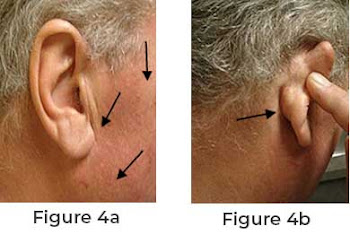Parotidectomy Treatment: What Is It, And What Are Its Side Effects?
The Parotidectomy surgical procedure helps remove the parotid gland. The parotid gland is located in front of the ear and is the largest salivary gland. This surgical procedure treats tumors that affect the parotid gland, like inflammation or infection. This post will teach you about the treatment and its potential side effects.
What is the treatment procedure for Parotidectomy?
The Parotidectomy surgical procedure is conducted under general anesthesia, where a surgeon accesses the gland by an incision in front of the ear. The surgeon carefully identifies and preserves the facial nerve that runs through the gland during the procedure. After that, the removal of the gland is conducted, and closes the incision with sutures.
What are the side effects of Parotidectomy?
• Facial nerve damage
During the surgical procedure, any damage to the facial nerve can result in permanent or temporary facial paralysis, weakness, or drooping. It can affect the ability to eat, speak, or smile.
• Infection
This surgical procedure has the potential risk of infection. The symptoms like fever, swelling, redness, and pain can be observed.
• Dry mouth
A patient may face a decrease in saliva procedure, which results in a dry mouth.
• Bleeding
During or after the surgical procedure, bleeding can occur, resulting in bruising, swelling, and a hematoma.
• Numbness
After the surgery, tingling or numbness in the face or around the incision site can be observed because of the damage to facial nerves.
Apart from this, there are other side effects like scar formation, salivary fistula, and changes in the taste of this surgical procedure. Thus, before going for a Parotidectomy surgical procedure, you must determine if the procedure is right for you by consulting your doctor.




Comments
Post a Comment